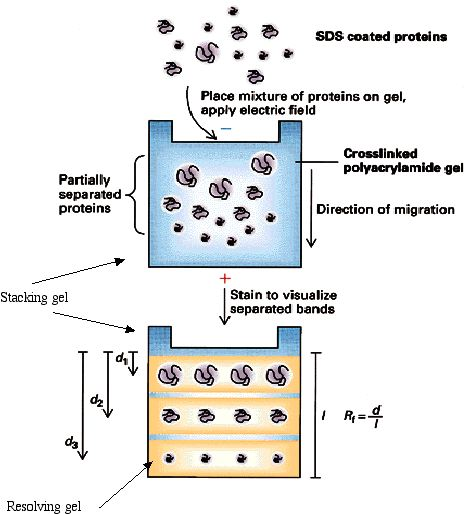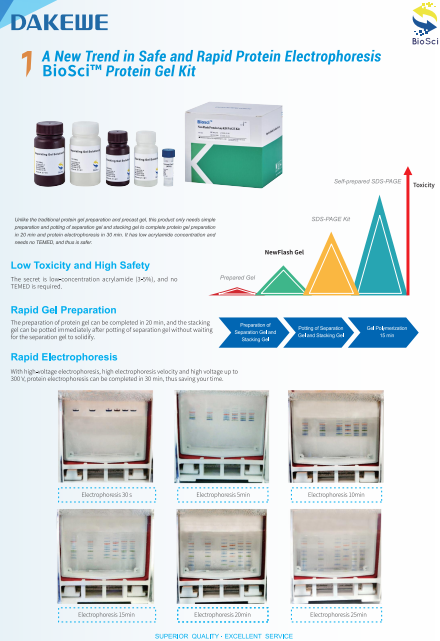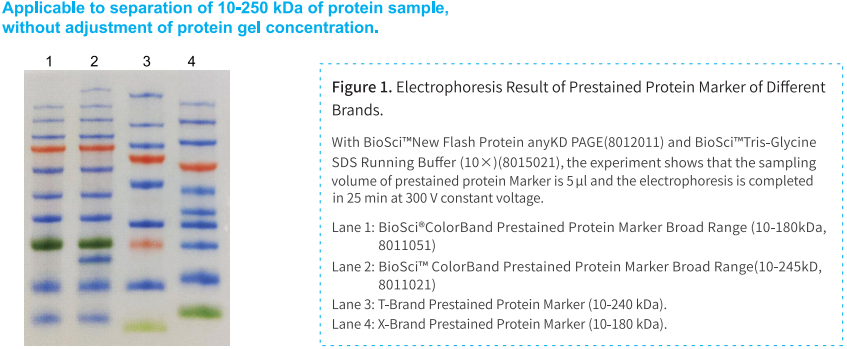Introduction
Protein electrophoresis (PE) is a fundamental technique used extensively in biochemistry and molecular biology. It separates proteins based on their physical properties, mainly their size and electrical charge. PE has numerous applications in various research areas, including:
- Separating protein mixtures: PE separates mixtures of proteins into their individual components for further analysis using techniques like mass spectrometry or western blotting.
- Checking protein purity: PE helps determine how pure a protein preparation is, which is crucial for downstream applications.
- Monitoring protein levels: PE allows researchers to assess how much protein is expressed in cells or tissues under different conditions.
- Studying protein-DNA interactions: A specific type of PE called a gel mobility shift assay can be used to investigate how proteins interact with DNA.

Common PE Techniques
- Sodium dodecyl sulfate-polyacrylamide gel electrophoresis (SDS-PAGE): This is the most widely used PE technique. SDS breaks down proteins into straight chains with a uniform negative charge. Separation then happens based solely on the protein's molecular weight.
- Isoelectric focusing (IEF): This technique separates proteins based on their isoelectric point (pI), the pH at which the protein has no net electrical charge. IEF is particularly useful for separating proteins with similar sizes but different pIs.
- Two-dimensional electrophoresis (2D-PAGE): This technique combines IEF in the first dimension with SDS-PAGE in the second dimension. This allows for very high-resolution separation of complex protein mixtures.
Considerations and Future Directions
These novel methods offer significant advancements in protein electrophoresis, but there are still challenges. Microfluidic devices and CE systems often require specialized equipment and expertise to operate. DFA-electrophoresis is a new technique, and more development is needed before it is widely used.
Future trends in protein electrophoresis may involve making the devices even smaller, connecting them to microfluidic modules for sample preparation, and developing user-friendly and affordable platforms. Researchers are also exploring biocompatible separation materials and label-free detection methods to create safer and more streamlined workflows for protein analysis.
Traditional protein electrophoresis methods, like SDS-PAGE, have served researchers well for decades. However, limitations in speed and safety, particularly the use of acrylamide, have driven the development of innovative alternatives. Introducing the New Trend in Safe and Rapid Protein Electrophoresis Protein Gel Kit, a revolutionary approach that brings significant advantages to your protein analysis workflow.


At Gentaur, a leading biotechnology company committed to providing innovative solutions for researchers, we are proud to introduce the New Trend in Safe and Rapid Protein Electrophoresis under our Dakewe brand. This revolutionary approach, built on microfluidic chip technology, addresses the long-standing challenges of speed and safety in protein analysis. The New Trend system achieves protein separation in as little as 15 minutes, a significant improvement over traditional methods like SDS-PAGE. Furthermore, it minimizes the use of hazardous chemicals, creating a safer laboratory environment. We at Gentaur believe the Dakewe New Trend represents a paradigm shift in protein electrophoresis, and we are committed to providing researchers with the tools they need to accelerate their scientific breakthroughs.
Conclusion
Protein electrophoresis remains an essential tool for separating and analyzing proteins in various research fields. By understanding the principles and available techniques, researchers can effectively use PE to answer their specific protein-related questions.